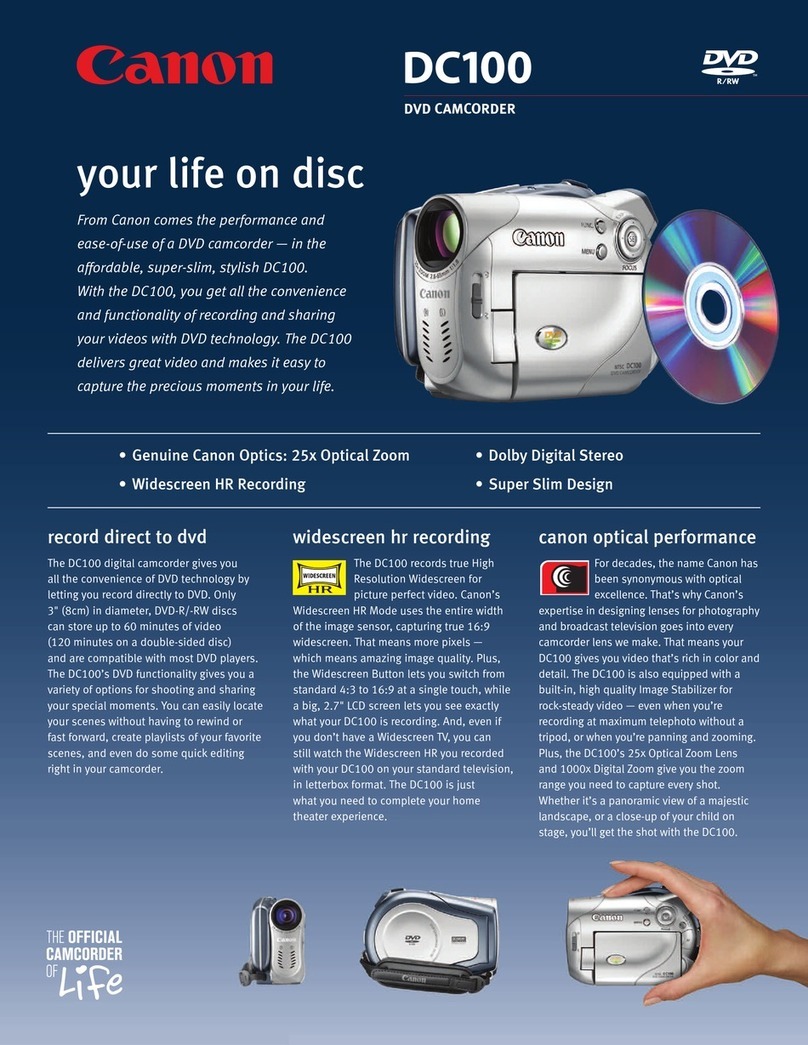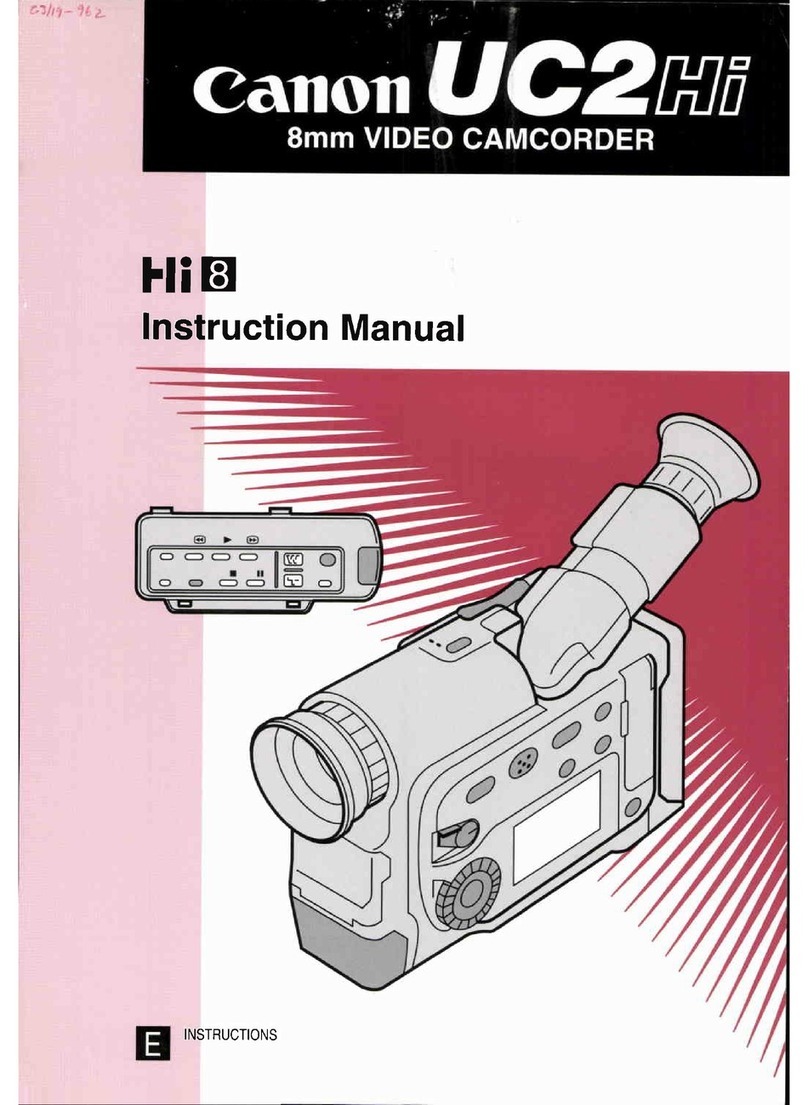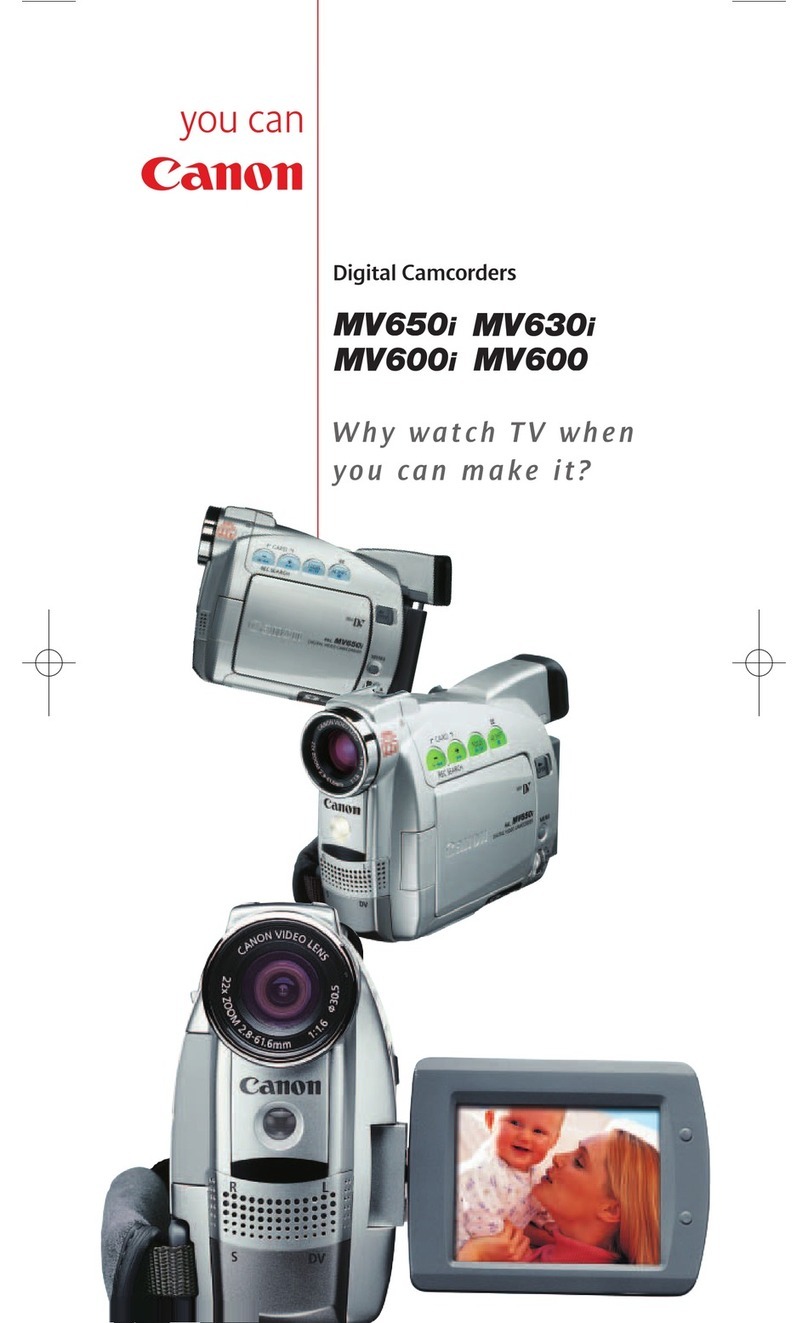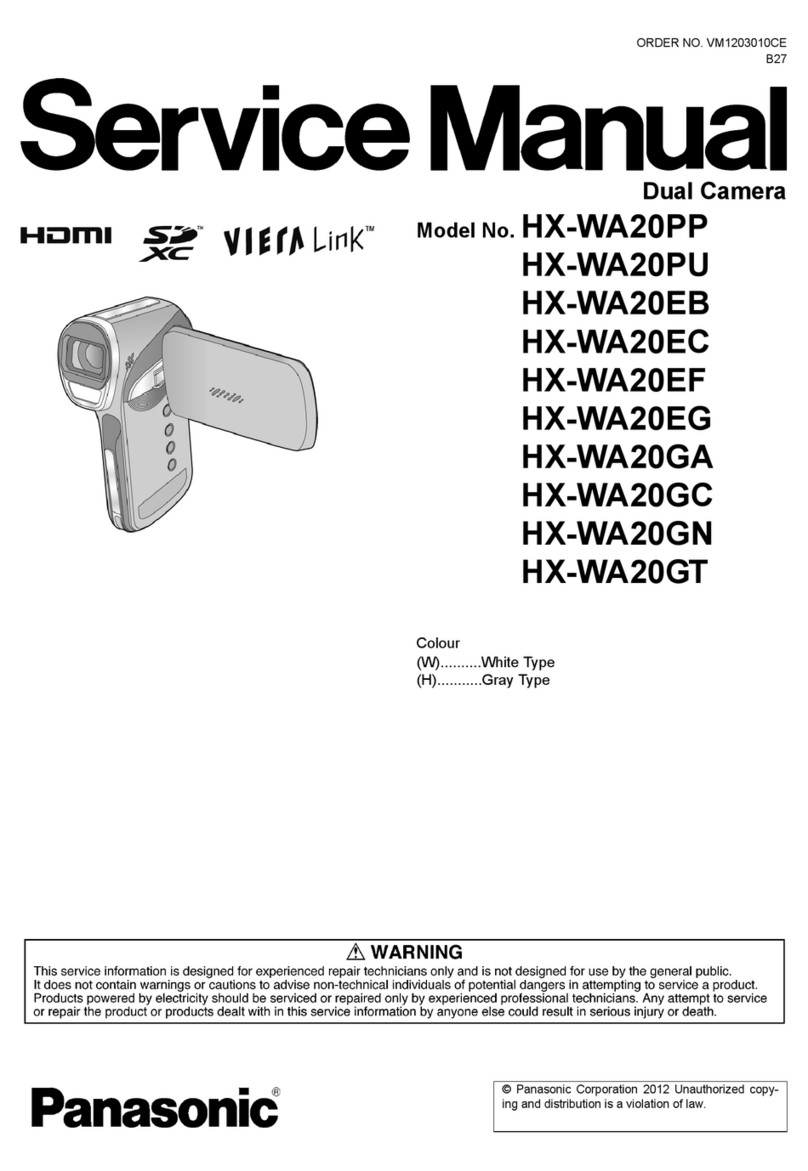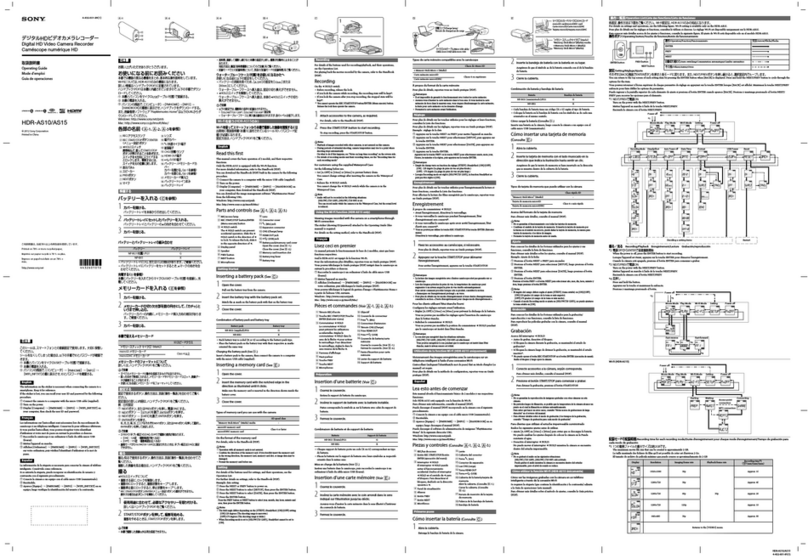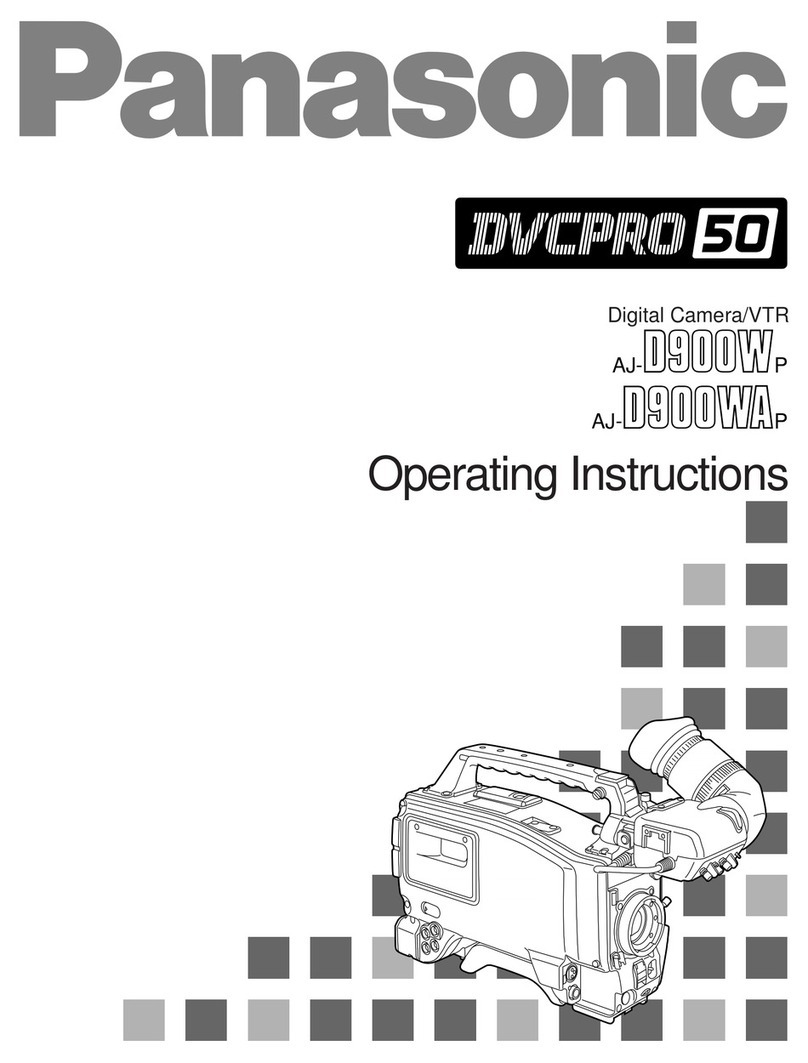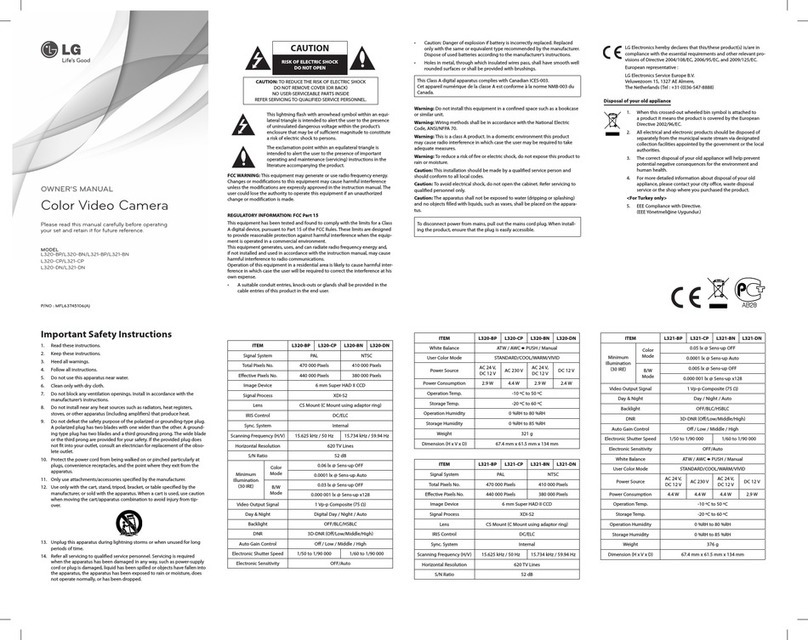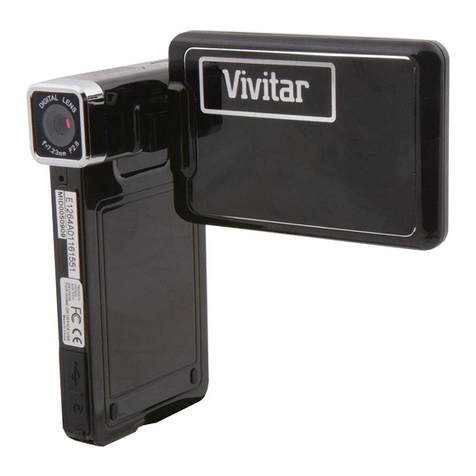Canon UC-V30 Hi8 User manual
Other Canon Camcorder manuals

Canon
Canon VIXIA HF R80 Parts list manual

Canon
Canon XF705 User manual

Canon
Canon Elura Elura User manual

Canon
Canon DM XM2E Operating instructions

Canon
Canon DC310 User manual

Canon
Canon MVX25i User manual
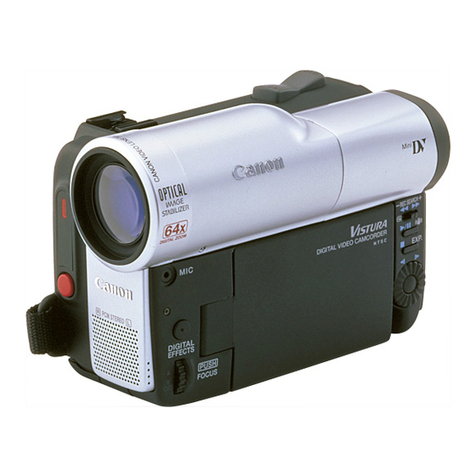
Canon
Canon MV 10 i User manual

Canon
Canon MVX10 User manual

Canon
Canon VIXIA HFS200 User manual
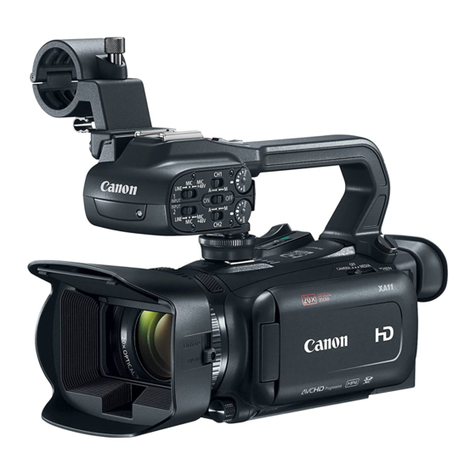
Canon
Canon XA11 User manual

Canon
Canon VIXIA HF R40 User manual

Canon
Canon XA20 Instruction Manual

Canon
Canon GL1 Operating instructions

Canon
Canon UC 7500 User manual
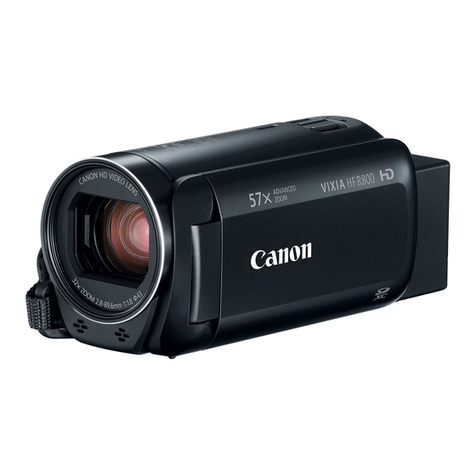
Canon
Canon Vixia HF R800 User manual
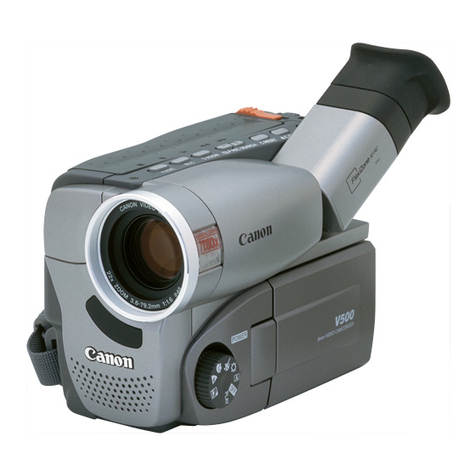
Canon
Canon V 50 Hi User manual

Canon
Canon ELURA10 A User manual

Canon
Canon E 700 User manual

Canon
Canon ZR500 User manual

Canon
Canon VIXIA HF M300 User manual
